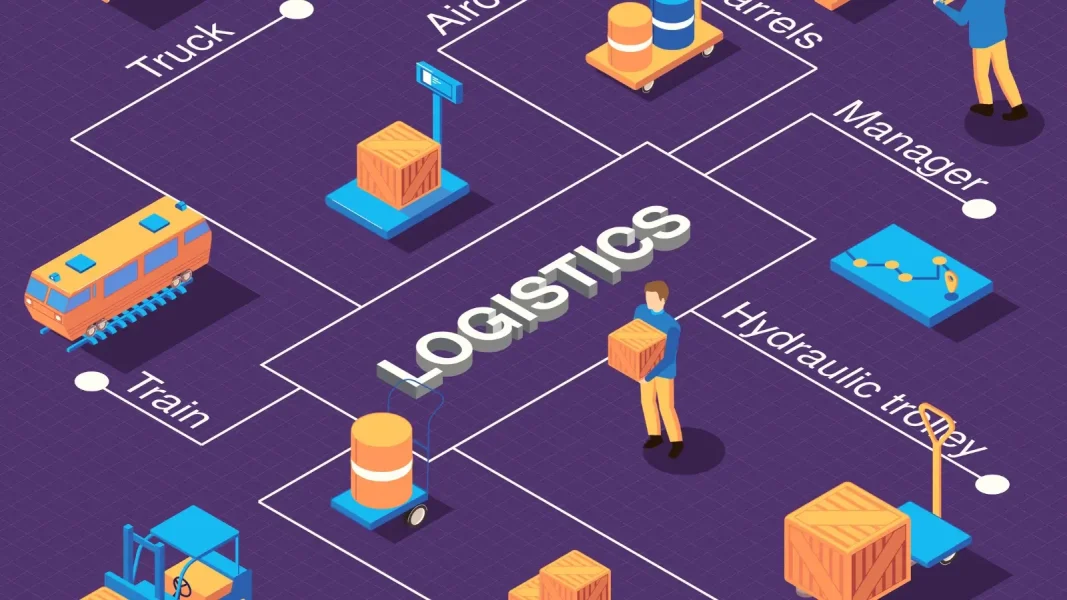Aggressive promotions in beauty and hygiene departments – DPH in DPH (Droguerie, Parfumerie, Hygiène) – have long been commonplace in the commercial strategies of supermarkets.
However, the end of these intensive promotional practices has been in place since March 1, 2024.
This development raises crucial questions for consumers and professionals in the sector.
- How will market players have to adapt to this change?
- What impact will this have on pricing solutions for businesses and consumers?
This article examines the implications of this transition and offers strategies to address them: subscriptions, volume discounts and loyalty programs to attract and retain customers.
From 1ᵉʳ March 2024, promotions on non-food products in supermarkets will be subject to strict restrictions, under the Descrozaille law that comes into force shortly. All promotions over 34% will be banned, which means that supermarkets will have to revise their marketing and sales strategies.
However, in the run-up to this deadline, supermarkets are stepping up their offers to attract customers and maximize sales, with a direct impact on suppliers and distributors.
Strategies for adapting to the new reality
Since the Descrozaille law came into force on March 1, 2024, sensational promotions in the drugstore, perfumery and hygiene sectors have become a relic of the past.
Maximum authorized reductions are now capped at 34%, in line with those for food products. This new regulation has upset the balance of the market, leaving consumers in search of tempting promotions on the usual big brands.
Manufacturers, who were counting on these promotions to maintain their position, now find themselves reassessing their strategy. Over-reliance on spectacular offers has weakened the appeal of the sector’s major brands. According to recent studies, DPH promotions will reach an average of 35% in 2023, well ahead of the grocery and fresh LS sectors, which are already limited by the Egalim law.
The reduction in these spectacular offers risks making national brands less attractive to consumers, paving the way for private labels. The latter already benefit from a significant price differential with national brands.
In the shampoo department, for example, NielsenIQ found that private labels were on average 59% cheaper (excluding promotions) than major brands. Yet their market share remains modest, at just 13%. It is therefore likely that they will seek to increase their market share in the months ahead, by tapping into consumers’ purchasing power.
However, this transition will not be immediate. Following massive clearance operations in February, consumers have built up stocks of non-perishable goods, delaying the return of products to the shelves for several weeks, if not months.
2024 promises to be a year of transition for the DPH sector, with a potential reduction in promotional spending of several million euros.
One question remains: how much will national brands be prepared to sacrifice in terms of promotions to maintain their position?
The more they resist pressure from retailers to maintain their prices, the more they will pave the way for private label competition. A strategic dilemma for market players.
New pricing strategies to adapt to the new reality on the ground
Faced with the end of aggressive promotions, businesses must adopt new strategies to thrive in this changing environment. Here are some recommendations for market players:
- Invest in Research and Development to improve product quality and innovation.
- Develop strategic partnerships with other brands and retailers to deliver greater value to customers.
- Leverage data and analytics to understand customer needs and preferences, and personalize the shopping experience, which can increase purchasing power.
- Implement effective pricing strategies to adapt to fluctuations in demand and competition, with particular attention to suppliers and distributors.
- Create loyalty programs and repeat purchase incentives to strengthen customer relationships, potentially investing a million euros in these initiatives to maximize their effectiveness.
Brands Facing Change
A. Necessary adaptations in promotional strategies
Retail brands are facing a major challenge with the end of shock promotions on hygiene and cleaning products. They must review their promotional strategies to align with new regulations while continuing to attract customers and maintain profitability.
This involves rethinking promotion mechanisms, favoring more sustainable and responsible offers.
B. Focus on alternatives to shock promotions for hygiene and cleaning products
Brands can explore different alternatives to shock promotions to promote hygiene and cleaning products. This includes highlighting the quality, sustainability and environmental and social benefits of products.
Loyalty programs, bundled offers, discounts on multiple purchases and initiatives to raise consumer awareness of the importance of choosing responsible products are all avenues to explore.
Importance of communication to raise consumer awareness of change
The transition to the end of shock promotions requires effective communication with consumers. Retailers must explain the reasons behind this decision, highlight the benefits of new promotional approaches and encourage customers to adopt more thoughtful purchasing behaviors.
Transparency on business practices and highlighting the brand’s sustainable initiatives can strengthen consumer confidence and promote acceptance of change.
The Consequences for Consumers
A. Impacts on purchasing behavior and consumption habits:
The end of shock promotions on hygiene and cleaning products is likely to have an impact on consumer purchasing behavior. The latter could be led to reconsider their choices and opt for better quality and more durable products, rather than being influenced by aggressive promotional offers.
This could also lead to a change in consumption habits towards more responsible practices.
B. Importance of educating consumers on the benefits of durable and quality products:
With the end of shock promotions, it becomes essential to educate consumers on the benefits of high quality, environmentally friendly hygiene and cleaning products.
Retailers can play a crucial role by providing transparent information on products, highlighting their sustainable characteristics and raising customer awareness of the environmental and social issues associated with their consumption choices.
C. Reflection on the environmental and social impact of this transition:
The transition towards the end of shock promotions on hygiene and cleaning products offers the opportunity to reduce the environmental and social impact of consumption.
By encouraging consumers to opt for sustainable and ethical products, this transition can contribute to the preservation of natural resources, the reduction of waste and the improvement of working conditions in production chains.
This is an important step towards more responsible and environmentally friendly consumption.
A real need to equip ourselves with a price optimization solution
In this turbulent context, it is essential for retail brands to equip themselves with price optimization solutions. With the disappearance of aggressive promotions, retailers need to rethink their pricing strategy and adopt high-performance tools to help them set optimal prices. What’s more, with the market demanding greater transparency and consumers’ purchasing power fluctuating, these tools are becoming indispensable.
Pricing optimization solutions enable retailers to make informed pricing decisions by analyzing data such as production costs, competition, profit margins, demand and customer preferences. With these tools, retailers can:
1. Analyze and anticipate market trends:
Pricing optimization solutions provide retailers with the ability to analyze historical and current data to identify trends and consumption patterns, enabling competitive and attractive pricing.
2. Adapt prices in real time:
Algorithms built into price optimization solutions allow retailers to quickly and automatically adjust prices based on fluctuations in demand, competition and production costs.
3. Customize pricing based on customer segments:
Price optimization tools offer the ability to define specific pricing strategies for targeted customer segments, based on their preferences, purchase history and price sensitivity.
4. Improve profitability:
Pricing optimization solutions help retailers maximize profits by identifying optimal prices for each product, taking into account costs, profit margins and competition.Pricing optimization solutions help retailers maximize profits by identifying optimal prices for each product, taking into account costs, profit margins and competition.
5. Make data-driven decisions:
Pricing optimization tools provide detailed insights and in-depth analytics, enabling retailers to make informed decisions and justify their pricing choices.
In short, the end of shock promotions on hygiene and cleaning products is forcing retail brands to rethink their pricing strategy and equip themselves with price optimization tools.
These solutions enable retailers to set competitive prices, quickly adapt pricing based on market trends, personalize pricing based on customer segments, and improve profitability. By investing in price optimization solutions, retail brands will be better equipped to adapt to this changing context and maintain their competitiveness in the market.
The end of aggressive promotions in the DPH sector represents a decisive turning point in companies’ marketing strategies. Large market players will need to reassess and adapt their approaches in response to this regulatory change.
The outcome will depend on how consumers react to these changes, and on companies’ ability to adapt to preserve their competitiveness in the marketplace. A crucial part of this adaptation will include negotiations with supermarkets to redefine terms of cooperation and profit margins.
Companies will have to innovate, differentiate themselves and offer added value to their customers to retain them and attract new consumers. The coming period will be decisive in assessing the real impact of this regulation on the hygiene and beauty industry.
Businesses will need to closely monitor evolving consumer behaviors and preferences, as well as competitive reactions.
Ultimately, the end of shock promotions in the DPH sector offers a unique opportunity to rethink marketing and commercial strategies, to question established models and to explore new ways to attract and satisfy consumers.







